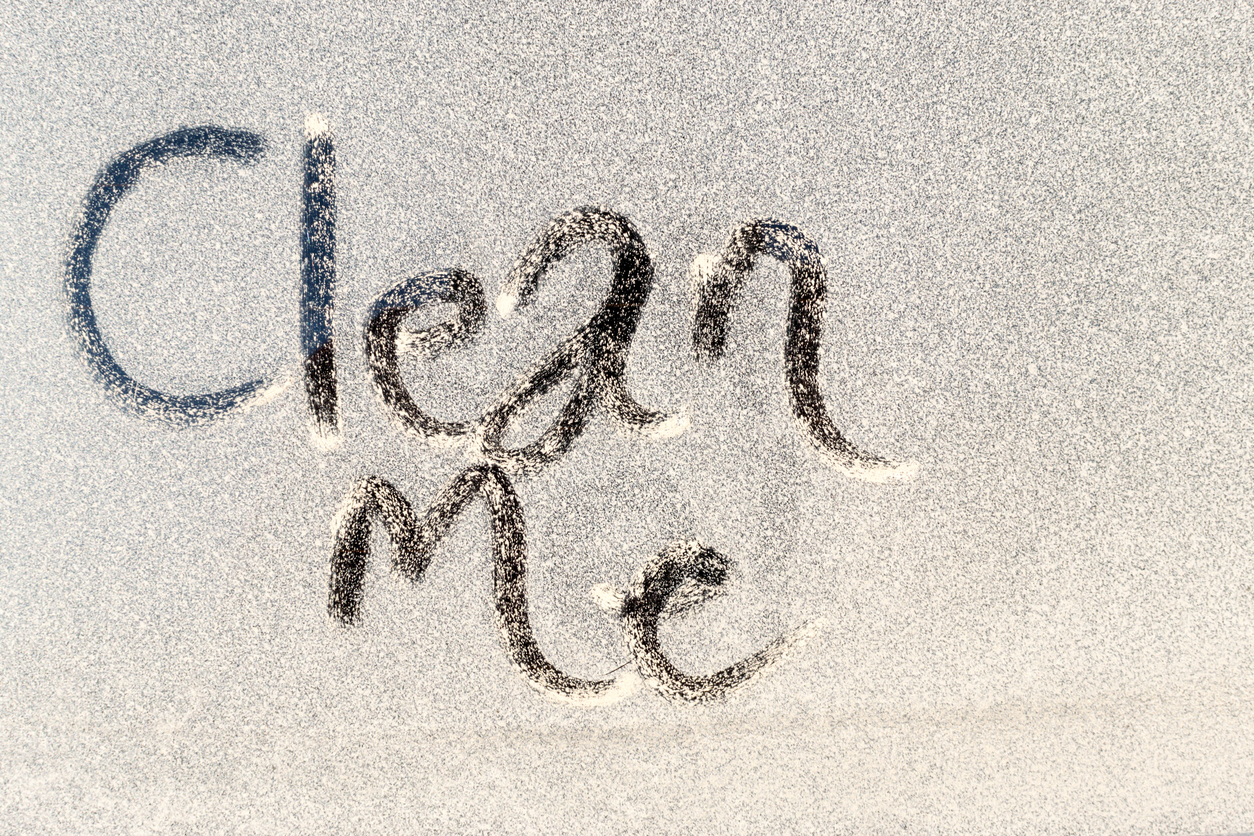Cleaning a Newtonian Mirror12 November 2018
A pristine Newtonian mirror is a thing of beauty but exists only in showrooms. Over time dust, pollen, hair, cobwebs and insects will find a home on your mirror’s surface. Don’t worry, be happyYou will be surprised how much debris can accumulate without it affecting the telescope’s performance, so relax. It is all part of owning a Newtonian telescope. If you refit your telescope’s cap between observing sessions and ensure it is completely dry before storing you can go several years without cleaning. Yes but…Eventually, debris will accumulate to the point where it noticeably reduces contrast. Fortunately cleaning a Newtonian mirror is not difficult because most modern Newtonian mirrors have a protective silicon dioxide overcoat. You are cleaning the overcoat, not the aluminised surface. WashFirst run tap water over the mirror surface to remove loose dust/debris. Then fill a bowl with water and add a drop or two of mild liquid detergent. Use a cup to run the water over the mirror surface, wet some surgical cotton-wool balls (not the make-up removal variety!) in the water and gently wipe the mirror clean. Keep changing the cotton balls. You can also run wet fingers gently over the surface feeling for debris but be careful. If you feel something that doesn’t come off with the lightest of touches – leave it alone. RinseWhen clean rinse with water (use distilled water if you live in a hard-water area) then set the mirror on its edge on some paper towels to absorb the moisture. Leave to dry. Repeat?Don’t get carried away because excessive cleaning can weaken the protective overcoat and, in extreme cases, even cause peeling at the mirror edges. Focus instead on prevention. An opportunity?Before you refit the mirror consider flocking the telescope’s interior. Lining the interior with black velour cloth will have a more positive affect on contrast than a clean mirror. More about that later… HTH |
|





